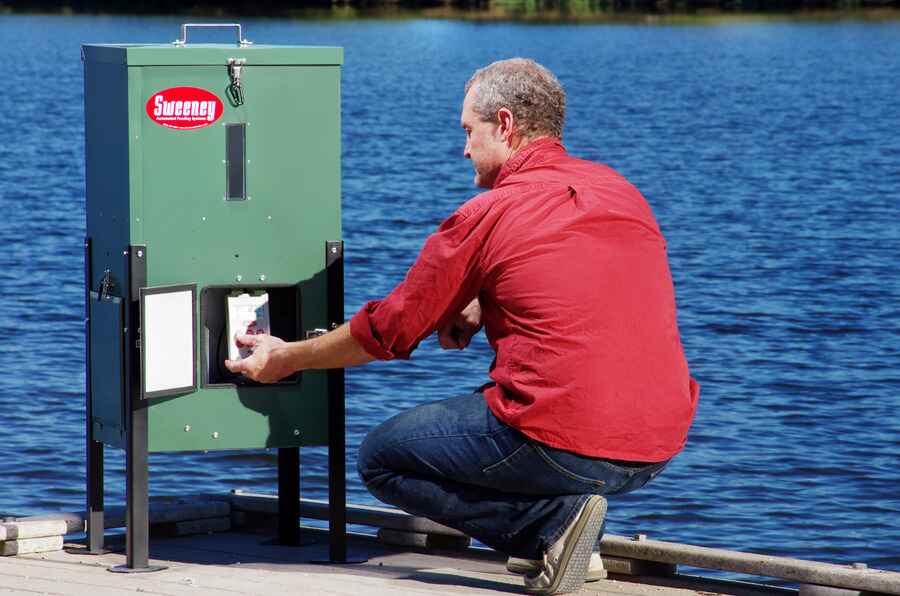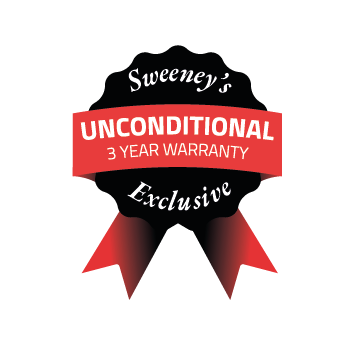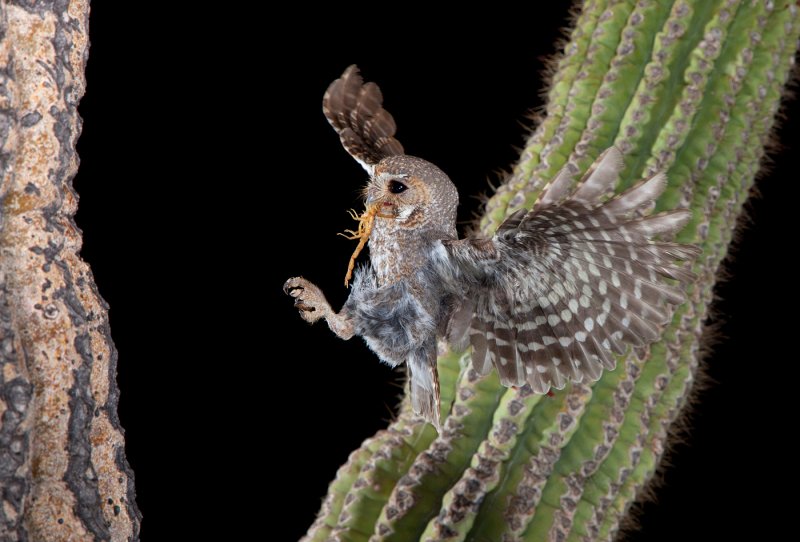
Blog
- SEO Team
Top 5 Features to Look for in a Fish Feeder

Fishing enthusiasts and pond owners alike know the value of maintaining healthy fish populations. A key component of achieving this is providing consistent and nutritious feeding for your aquatic friends. Automatic fish feeders offer a convenient and effective solution to accomplish this task, but with various options available on the market, it’s essential to know what features to prioritize. Here are the top five features to consider when selecting an automatic pond fish feeder:
1. Capacity: When choosing a fish feeder, consider the size of your pond or lake and the number of fish you intend to feed. Opt for a feeder with a suitable capacity to ensure it can accommodate your fish population without needing frequent refills. This will help minimize maintenance and ensure your fish receive adequate nutrition.
2. Programmability: Look for a fish feeder with programmable settings, allowing you to schedule feeding times and portion sizes according to your preferences. Programmability provides flexibility, enabling you to adjust feeding frequencies based on factors such as fish activity levels, water temperature, and feeding patterns. Some advanced feeders even offer multiple feeding schedules to cater to different species or size classes of fish.
3. Durability: Since fish feeders for ponds are exposed to outdoor elements, durability is paramount. Choose a feeder constructed from sturdy materials such as UV-resistant plastics or corrosion-resistant metals to withstand harsh weather conditions and prolonged exposure to sunlight and water. A durable feeder will provide reliable performance and longevity, saving you time and money on replacements and repairs.
4. Dispensing Mechanism: Consider the dispensing mechanism of the pond fish feeder, as it directly affects how feed is distributed in the water. Look for features such as adjustable throwing distances, directional control, and spread patterns to ensure even and efficient feed distribution across the surface of the water. A well-designed dispensing mechanism helps prevent feed wastage and promotes optimal consumption by fish.
5. Battery Life and Power Options: Since fish feeders typically operate on battery power, battery life is a critical consideration. Choose a feeder with a long-lasting battery or the option for external power sources, such as solar panels or AC adapters, for extended operation between battery changes or recharges. Additionally, consider the ease of battery replacement or recharging to minimize downtime and ensure continuous feeding.
By prioritizing these key features when selecting a lake or pond fish feeder, you can ensure that your aquatic ecosystem thrives with healthy and well-fed fish. Whether you’re a recreational angler or a pond owner looking to enhance fish growth and reproduction, investing in a quality fish feeder equipped with these features will contribute to the overall health and vitality of your aquatic environment.
Recent Articles

We built our first timer over 50 years ago. With that timer, we established a constant determination to build quality products that meet our customers’ needs. This unwavering focus on quality products and excellent customer service is the foundation of Sweeney Enterprises.



